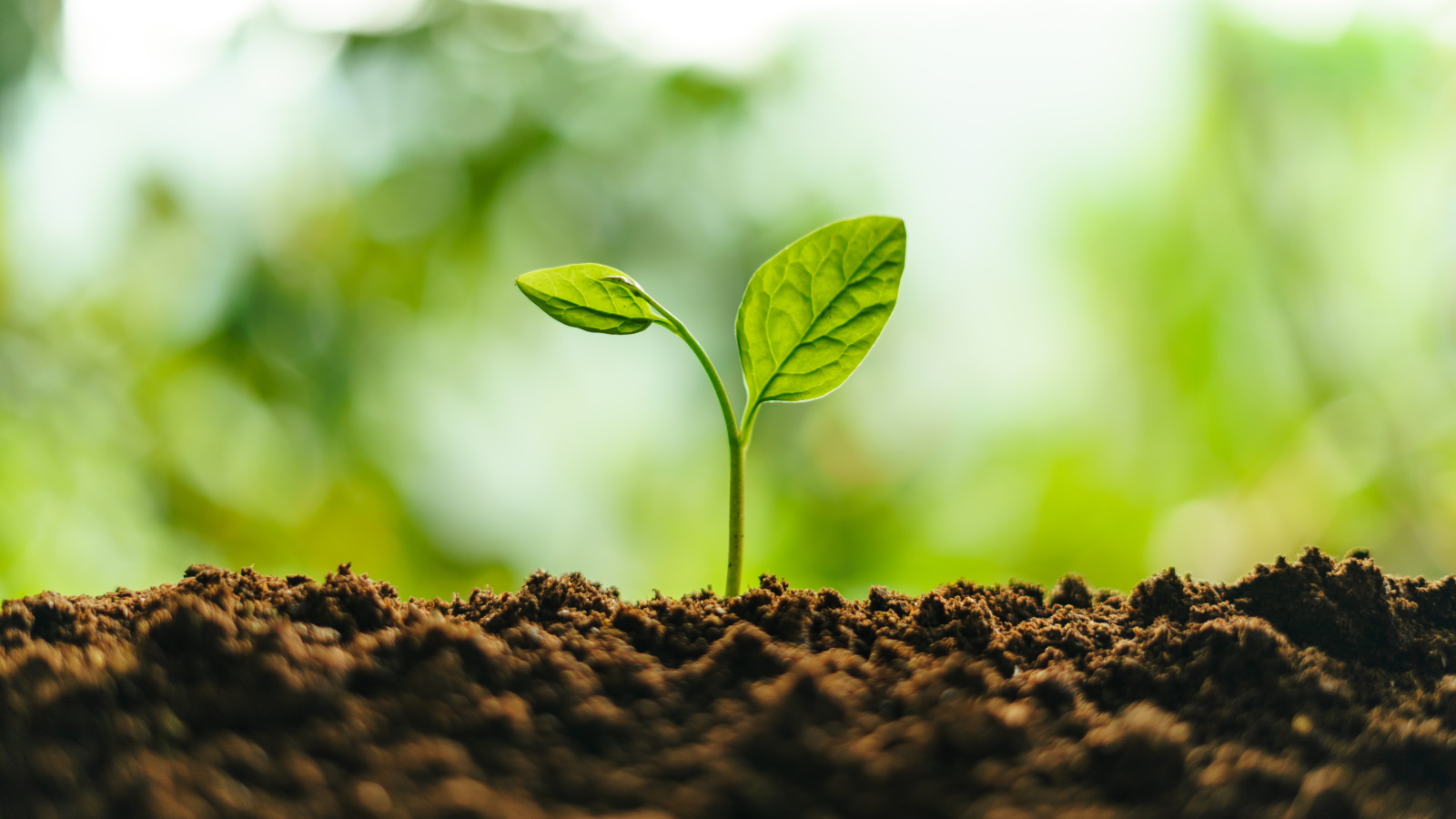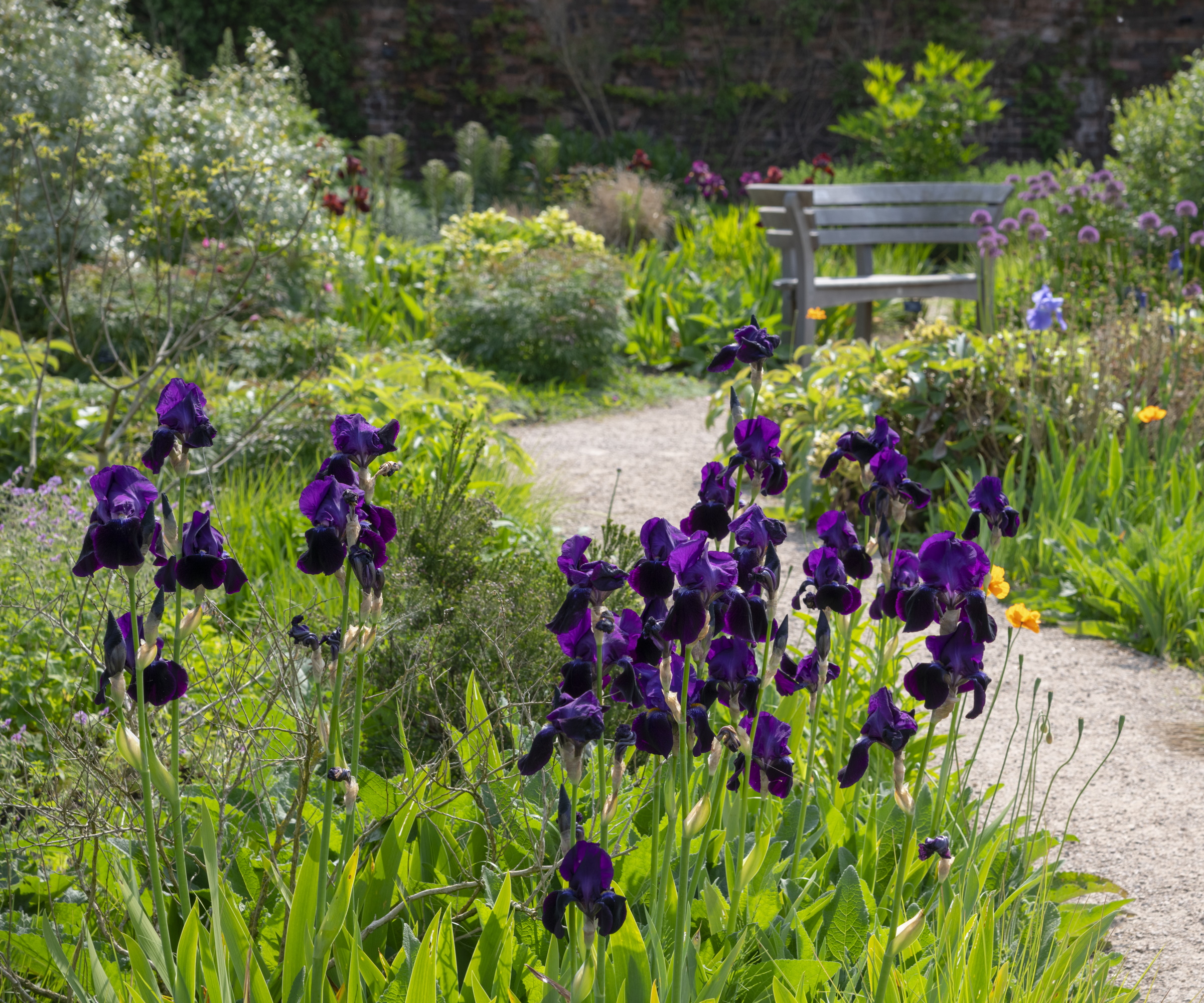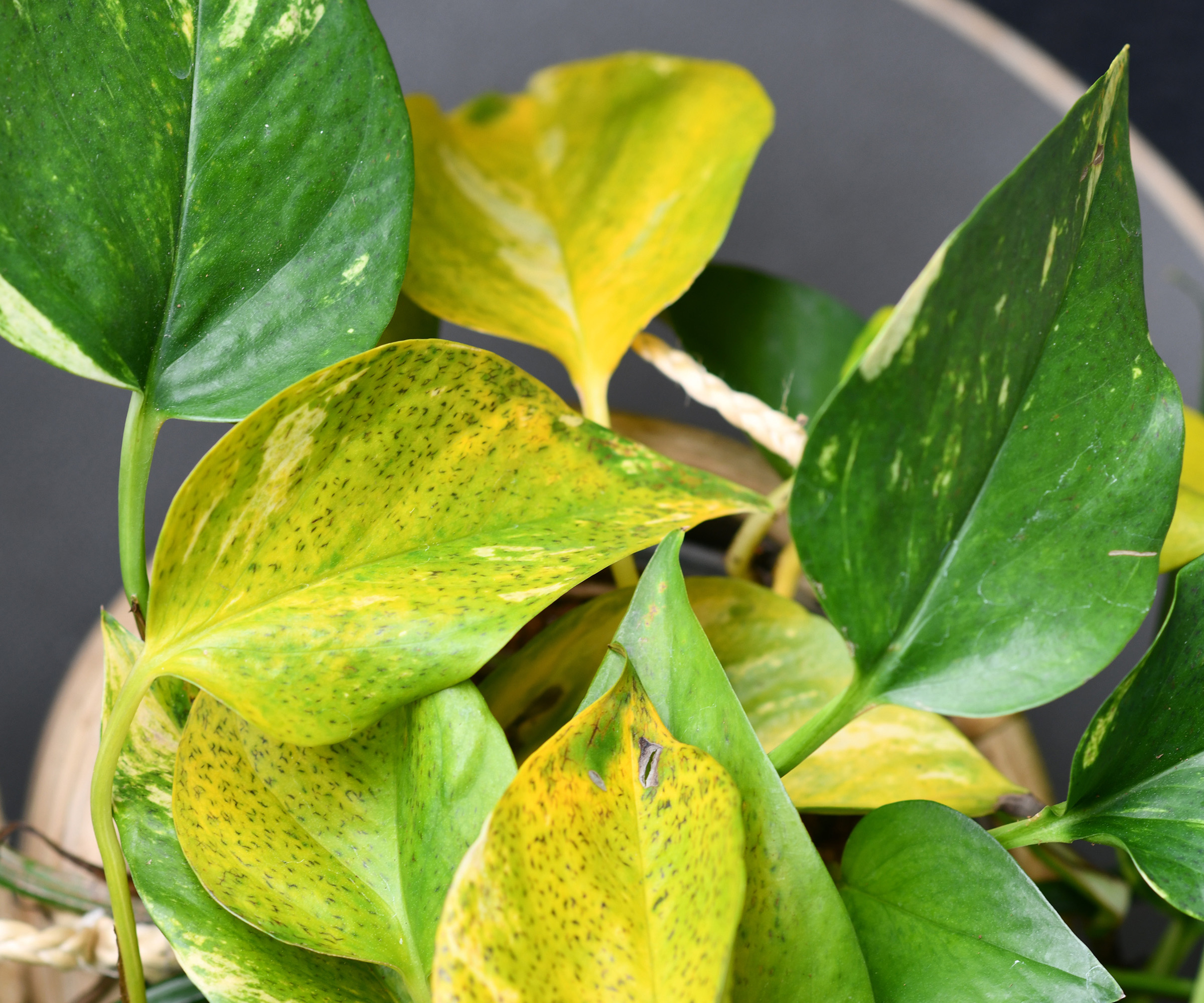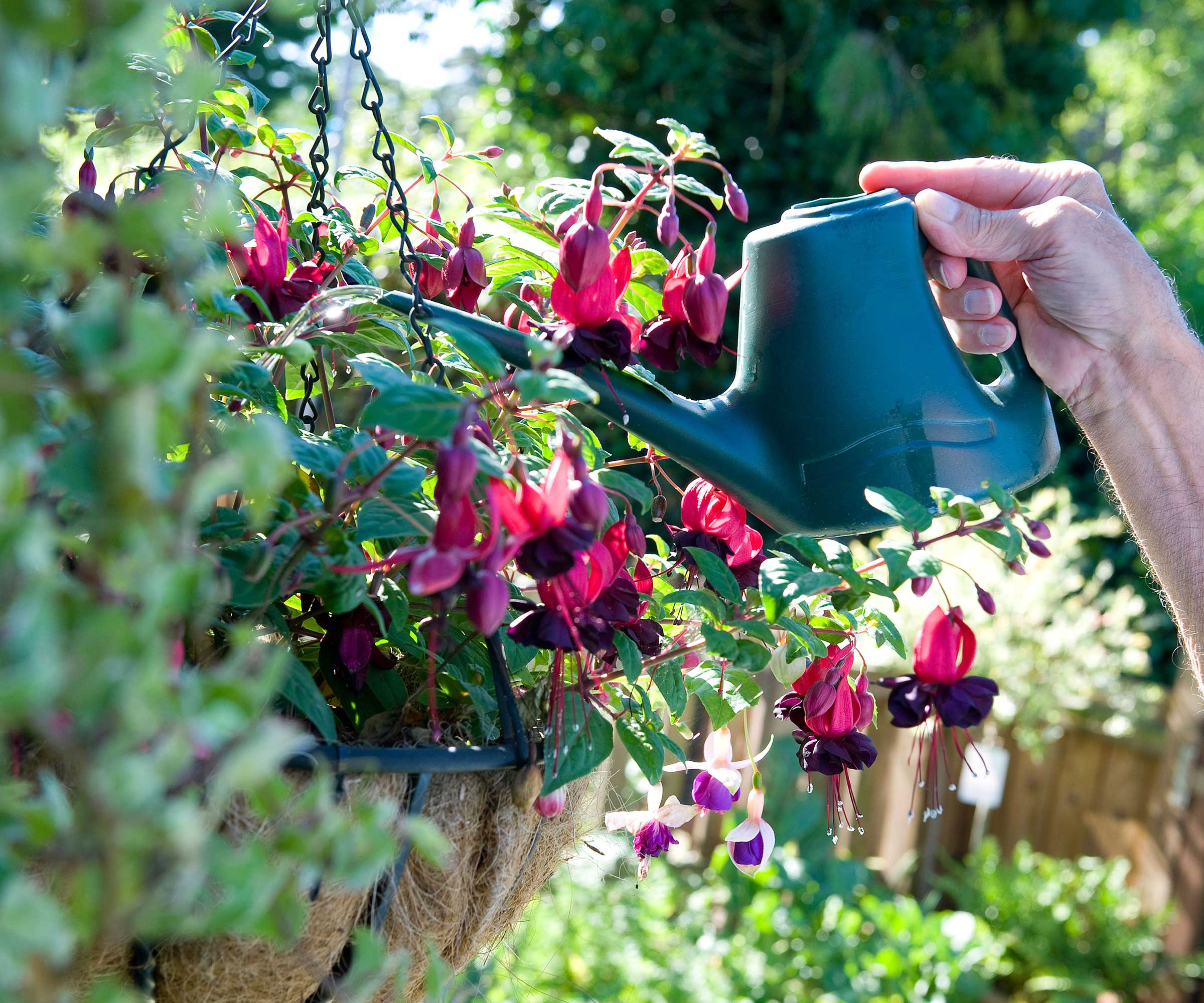Are your plants getting enough nitrogen? Experts share why this nutrient is essential for healthy growth
A lack of new growth and yellowing foliage can indicate a need for more nitrogen in your soil


There's so much to keep in mind when trying to grow happy, healthy plants, and that includes ensuring they're getting all the nutrients they need. If you notice your plants are looking worse for wear, even if you're caring for them properly, it can be an indication they are experiencing a nutrient deficiency.
There are three key nutrients plants need - nitrogen, phosphorus and potassium. These are often labelled as NPK plant fertilizer numbers on different plant food products. When your soil is lacking one of these nutrients, it can have a negative impact on your plants - including yellowing leaves or a lack of new growth. Luckily, it's possible boost soil nutrients to improve the health of your plants.
But what exactly do each of the nutrients do for plants? Here, experts have shared why nitrogen is so important for plants, what happens when your plants have a nitrogen deficiency and how to boost nitrogen levels in your soil.

Why do plants need nitrogen?
While phosphorus focuses on root development and potassium helps with fruit and flower growth, nitrogen is the nutrient that best boosts the growth of foliage.
'Nitrogen is a major component of many plant compounds including chlorophyll molecules which are at the basis of photosynthesis,' explains Dr. Mike Arnold, professor of landscape and horticulture at the Texas A&M Department of Horticultural Sciences. 'Likewise, nitrogen is critical for proteins as a part of amino acids. Nitrogen is also crucial for many other cellular functions in plants,' he adds.
By boosting leaf growth, among other functions, nitrogen helps plants' ability to photosynthesize and grow further. 'The photosynthetic rate of leaves is often directly controlled by the nitrogen concentration of the leaves,' notes Peter Groffman, ecologist from the Cary Institute of Ecosystem Studies.
Nitrogen is equally important in vegetable gardens to support the growth of leafy vegetables like kale, Brussel sprouts and lettuce.

Mike has been with the Texas A&M Department of Horticultural Sciences as a professor of landscape horticulture and in other capacities since 2012 and 1993, respectively. Mike earned a B.S. in business administration, a B.S. in agriculture (horticulture major) and an M.S. in Landscape Horticulture at The Ohio State University. Then, he received a Ph.D. in horticultural sciences from North Carolina State University.

Peter Groffman studies how microbial processes impact gas exchange - particularly nitrogen - between the soil and air. His work encompasses rural and urban ecosystems, and is primarily centered at two of the National Science Foundation’s Long Term Ecological Research sites located in Hubbard Brook, New Hampshire and Baltimore, Maryland.
What happens when plants have a nitrogen deficiency?

'Nitrogen deficiency is often expressed by a general chlorosis or yellowing of the foliage, often being most pronounced during early deficiencies on older leaves,' notes Mike. You may also notice stunted growth and smaller fruit and vegetables.
The lack of nitrogen means a lack of chlorophyll, which gives plants their green color. This results in the yellowing color and, in turn, reduces photosynthesis and can pause new growth.
Of course, a nitrogen deficiency can impact not only outdoor plants but houseplants too. If your monstera leaves turn yellow or pothos turns yellow, even if you give them optimal care, it might be a sign of a lack of nitrogen.
If you're unsure about the nitrogen levels in your soil, you can use this soil test kit from Amazon.
How to boost nitrogen levels for plants

If you do think your plants are lacking nitrogen, there are a few things you can do to boost nitrogen levels. The easiest way to do this is by using a nitrogen-rich fertilizer, like this all purpose liquid fertilizer from Amazon.
'Seek a formulation from a regional fertilizer manufacturer to ensure that the release rate and nutrient composition of the fertilizer is optimal for your local conditions,' suggests Mike.
Of course, there are other methods, too. 'You can also boost nitrogen through the incorporation of composted organic matter in the soil,' says Mike. 'This will provide a slow release form of nitrogen and will also help to retain other nutrients and moisture in the soil,' he adds.
Composting is a great way to use up organic waste and create a mix rich in nitrogen for your plants. You can do this by using unusual compost ingredients, as well as orange peels and coffee grounds.
'Encouraging the development of mycorrhizae, symbiotic fungal infections of roots, also helps to improve nitrogen uptake from soils and is a naturally occurring condition with most plants in soils,' says Mike. 'Soils with good tilth, aeration and appropriate moisture tend to favor these mycorrhizal associations,' he adds. You can aerate your soil using this aerator tool from Amazon.
FAQs
Which plants need a low-nitrogen fertilizer?
Nitrogen is an essential nutrient for leafy growth, aiding the plant's ability to photosynthesize. You'll want to opt for a fertilizer with a lower nitrogen level when growing vegetables like beans, peas and other legumes that need the plant to focus its energy on crop growth rather than leafy growth. For vegetables, a potassium-rich fertilizer can be a good choice.
It's important to note that symptoms of a nitrogen deficiency may also be indicating other issues. 'Be careful to not jump to an immediate conclusion that nitrogen deficiency is the problem as drought and some other nutrient deficiencies can mimic several of the nitrogen deficiency symptoms,' says Mike.
'A soil analysis can help to guide you in determining if a fertilizer is needed and what formulation of fertilizer will best address the deficiencies on your site,' he adds. If you find your soil is lacking other nutrients, there are plenty of things you can do to solve the issue - such as putting pennies in soil or making your soil more acidic.
Sign up to the Homes & Gardens newsletter
Design expertise in your inbox – from inspiring decorating ideas and beautiful celebrity homes to practical gardening advice and shopping round-ups.

Tenielle is a Gardens News Writer at Homes & Gardens. She holds a qualification in MA Magazine Journalism and has over six years of journalistic experience. Before coming to Homes & Gardens, Tenielle was in the editorial department at the Royal Horticultural Society and worked on The Garden magazine. As our in-house houseplant expert, Tenielle writes on a range of solutions to houseplant problems, as well as other 'how to' guides, inspiring garden projects, and the latest gardening news. When she isn't writing, Tenielle can be found propagating her ever-growing collection of indoor plants, helping others overcome common houseplant pests and diseases, volunteering at a local gardening club, and attending gardening workshops, like a composting masterclass.
-
 Zooey Deschanel and Jonathan Scott's breakfast nook is an innovative, effective use of kitchen space – it turns a 'dead area' into a cafe-style corner
Zooey Deschanel and Jonathan Scott's breakfast nook is an innovative, effective use of kitchen space – it turns a 'dead area' into a cafe-style cornerJonathan and Zooey have situated an eccentric yet elegant dining area in what may have been an otherwise underused corner
By Hannah Ziegler Published
-
 6 things you should never throw in the trash – and what to do for safe disposal instead
6 things you should never throw in the trash – and what to do for safe disposal insteadFrom batteries to space heaters, experts reveal what not to throw
By Andy van Terheyden Published